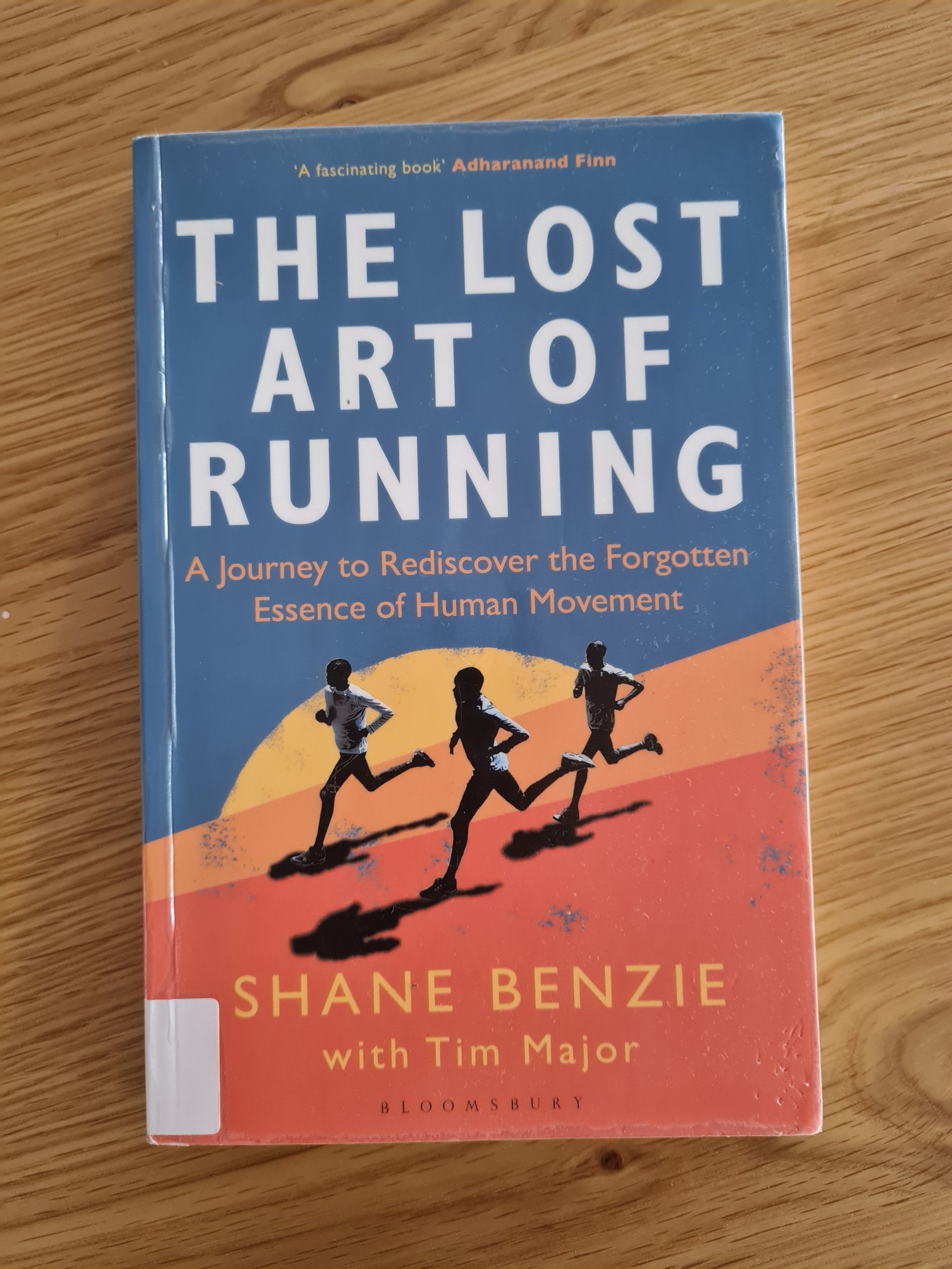Running technique tips
Perfect Your Run: 5 Top Technical Tips
As runners ourselves and physiotherapists who see and treat countless running injuries, we know firsthand the challenges and triumphs of hitting the pavement or trails.
Whether you’re chasing a personal best, enjoying a weekend jog, or returning from injury, optimising your running technique can make a world of difference.
That’s why we’ve put together our top five technical tips ( inspired by The Lost Art of Running) to help you run smarter, safer, and stronger.
Let’s get started!
1. Harness the Power of Elastic Recoil in Tendons
The body’s tendons act like springs, storing and releasing energy with each stride. Maximising elastic recoil in tendons, particularly the Achilles, is key to efficient movement. Runners can work on hopping and plyometric exercises to enhance this spring-like action, helping reduce the load on muscles and minimise energy loss.
2. Run Tall to Improve Posture and Breathing
Running tall, or maintaining an upright posture, helps align the head, neck, and spine. This encourages better lung expansion, efficient oxygen intake, and reduces the likelihood of overworking the lower back. Think of your head as being pulled upward, maintaining a relaxed and open chest to keep good posture while allowing easy, rhythmic breathing.
3. Avoid Overstriding to Minimize Braking Forces
Overstriding, or landing with the foot too far ahead of the body, increases the risk of injury and adds braking forces that slow you down. Focus on keeping your feet landing close to your centre of gravity. This reduces stress on the knees and hips, leading to a smoother and more efficient stride.
4. Optimise Cadence for Smooth and Efficient Strides
Cadence, or the number of steps per minute, is a crucial factor in preventing injury and maintaining an efficient pace. Aim for a cadence between 170-180 steps per minute, adjusting to your comfort level and stride length. A faster cadence with shorter steps can help reduce impact forces and keep momentum flowing.
5. Aim for a Midfoot Landing Position
The ideal foot landing position is midfoot, where the arch and ball of the foot make contact with the ground first. This position helps distribute impact forces more evenly, enhancing stability and reducing strain on the lower leg muscles and joints. Avoid heel-striking, as it can lead to increased impact forces and potential injury.
Take Your Running to the Next Level
Want to see how your running technique stacks up?
Our video running analysis with Paul can help you spot areas for improvement and optimise your form. Whether you’re aiming to prevent injuries or boost performance, we’ve got you covered. Ask us about it next time you’re in, or get in touch to book a session!
You can check our program out here: https://www.urbanathlete.co.nz/ua-run


